Enhancing Heart Failure Patient Care with the MOS Dashboard
By Natalie Farwell | June 3 Heart failure with reduced ejection fraction (HFrEF), which measures your heart’s ability to pump oxygen-rich blood out to your body, remains a leading cause of death and hospitalization worldwide. Over the last three decades, clinical trials have highlighted the efficacy of four key medication classes- Beta-blockers, angiotensin-converting enzyme inhibitors (ACEis), angiotensin receptor-neprilysin inhibitors (ARNI), and sodium-glucose cotransporter 2 inhibitors (SGLT2i). Together, these medications form the pillars of guideline-directed medical therapy (GDMT), which has significantly improved patient outcomes, contributing to up to a 70% reduction in mortality among HFrEF patients.
Heart failure with reduced ejection fraction (HFrEF), which measures your heart’s ability to pump oxygen-rich blood out to your body, remains a leading cause of death and hospitalization worldwide. Over the last three decades, clinical trials have highlighted the efficacy of four key medication classes- Beta-blockers, angiotensin-converting enzyme inhibitors (ACEis), angiotensin receptor-neprilysin inhibitors (ARNI), and sodium-glucose cotransporter 2 inhibitors (SGLT2i). Together, these medications form the pillars of guideline-directed medical therapy (GDMT), which has significantly improved patient outcomes, contributing to up to a 70% reduction in mortality among HFrEF patients.
Even though there have been improvements, getting the best out of GDMT (Guideline-Directed Medical Therapy) is still a worldwide problem. Many healthcare providers are slow to adopt these recommended treatments and don't always use them consistently. This is often due to "clinical inertia," which means doctors and other healthcare professionals are hesitant to change or increase treatment for patients who aren't receiving the best possible therapy. In response to this ongoing issue, the Division of Quality and Health Improvement (a Quality division within Pathology) partnered with Dr. Todd Koelling, the clinical service chief for Cardiovascular Medicine, Dr. Mike Dorsch, associate professor of clinical pharmacy, and Paul Schenk, nursing services senior director, to launch an innovative initiative to enhance GDMT optimization using the newly developed "MOS Dashboard." The initial build objective, performed by DQHI data scientist Ross Smith, was to design and develop an intervention tool to visualize lab ordering and frequency across providers. As project work continued into a second iteration, the intervention tool integrated a medication optimization score (MOS) algorithm developed by Dorsch’s team, resulting in the current dashboard.
The MOS Dashboard is a novel tool that Smith seamlessly integrates data feeds from MiChart to effectively manage heart failure patient care. It begins by qualifying patients using real-time vitals such as blood pressure and heart rate, along with critical lab results like potassium and creatinine levels, which are essential for accurately adjusting medication dosages. Additionally, the dashboard pulls historical patient data, including allergies, previous hospital admissions (including admission data from other hospitals using the MiHin system), and diagnosis codes. This comprehensive data set is then cross-referenced against the patient’s current medications to provide protocol-based advice and displays recommended medications and/or dosage adjustments. Nurses and healthcare providers can look over these guidelines to decide if it's the right time to modify a patient's medication or dose, thereby optimizing treatment while ensuring safety and efficacy.
The MOS Dashboard has multiple views, including one for streamlining the nursing team and provider workflows to identify low-scoring MOS heart failure patients (those with an ejection fraction of <40%) and make medication and dosage recommendations to ensure the best patient outcomes.
 Scorecard view in the MOS Dashboard provides insight to individual providers (anonymized in the Dashboard) as well as leadership. Koelling reflects, “My role is to evaluate quality and peer review, and the tools that I have to evaluate quality are 20 years old or older. This tool is going to be fantastic for evaluating the quality of care for heart failure.”
Scorecard view in the MOS Dashboard provides insight to individual providers (anonymized in the Dashboard) as well as leadership. Koelling reflects, “My role is to evaluate quality and peer review, and the tools that I have to evaluate quality are 20 years old or older. This tool is going to be fantastic for evaluating the quality of care for heart failure.”
 To validate the team's hypotheses regarding the intervention tool, a Stepped Wedge Study was designed with Cathie Spino and Blair Richards from the MiCHR team. The team wanted to know, “Is MOS changing over time, and how quickly do we get there?” Therefore, the study was designed to collect data longitudinally, then analyze cross-sectionally. Data would be gathered over three time periods (steps) by three separate groups of randomly selected providers. The plan involved collecting baseline MOS data for heart failure patients within the defined population. Then, structured to collect in three sequential steps over nine months during the implementation of the MOS Dashboard intervention. "The study is currently in its third and final step. The team is now preparing the plan to analyze the accumulated data to assess the impact of the intervention," stated Natalie Farwell, project manager for the Division of Quality and Health Improvement.
To validate the team's hypotheses regarding the intervention tool, a Stepped Wedge Study was designed with Cathie Spino and Blair Richards from the MiCHR team. The team wanted to know, “Is MOS changing over time, and how quickly do we get there?” Therefore, the study was designed to collect data longitudinally, then analyze cross-sectionally. Data would be gathered over three time periods (steps) by three separate groups of randomly selected providers. The plan involved collecting baseline MOS data for heart failure patients within the defined population. Then, structured to collect in three sequential steps over nine months during the implementation of the MOS Dashboard intervention. "The study is currently in its third and final step. The team is now preparing the plan to analyze the accumulated data to assess the impact of the intervention," stated Natalie Farwell, project manager for the Division of Quality and Health Improvement.

One of the key features connecting the dots back to pathology and being considered the “holy grail” by DQHI director, Dr. Scott Owens, is the lab utilization piece of this Dashboard. Through measuring lab ordering and frequency per provider, we can begin to understand patterns of under- or over-utilization and the impact on patient outcomes. “Pathology plays a critical, but often rather isolated, role on the patient care team, so helping to optimize how testing is used and being able to tie laboratory utilization patterns directly to patient outcomes is really exciting,” says Owens.

As the MOS Dashboard project nears the end of the Stepped Wedge Study's implementation phase, its potential to transform heart failure patient care becomes increasingly apparent. By integrating comprehensive patient data and offering actionable insights, the MOS Dashboard not only aids in medication optimization but also shines a light on lab utilization practices. This deeper understanding of lab ordering patterns among providers equips healthcare teams with the ability to identify and correct under- or over-utilization, potentially leading to enhanced patient outcomes and more efficient resource use. This initiative exemplifies a vital step toward ensuring that innovations in care delivery keep pace with scientific advancements and sets a new standard in heart failure management.
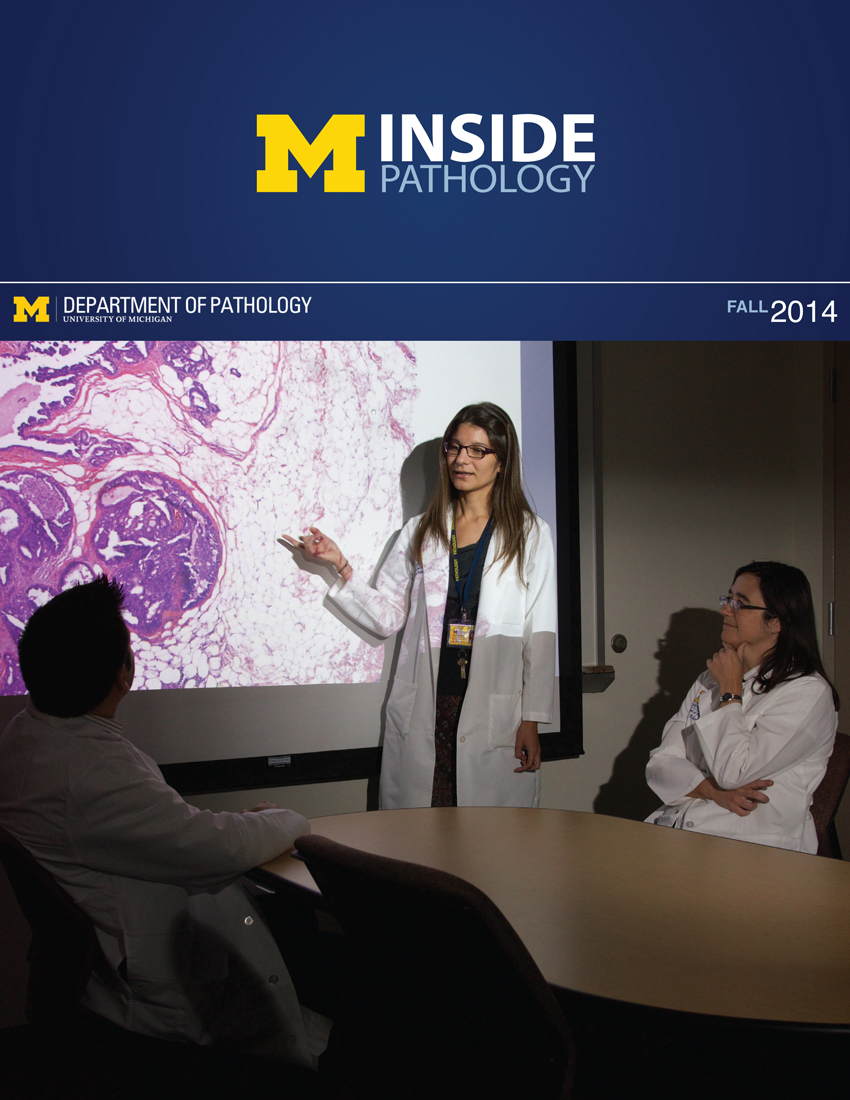 ON THE COVER
ON THE COVER
 ON THE COVER
ON THE COVER
 ON THE COVER
ON THE COVER
 ON THE COVER
ON THE COVER
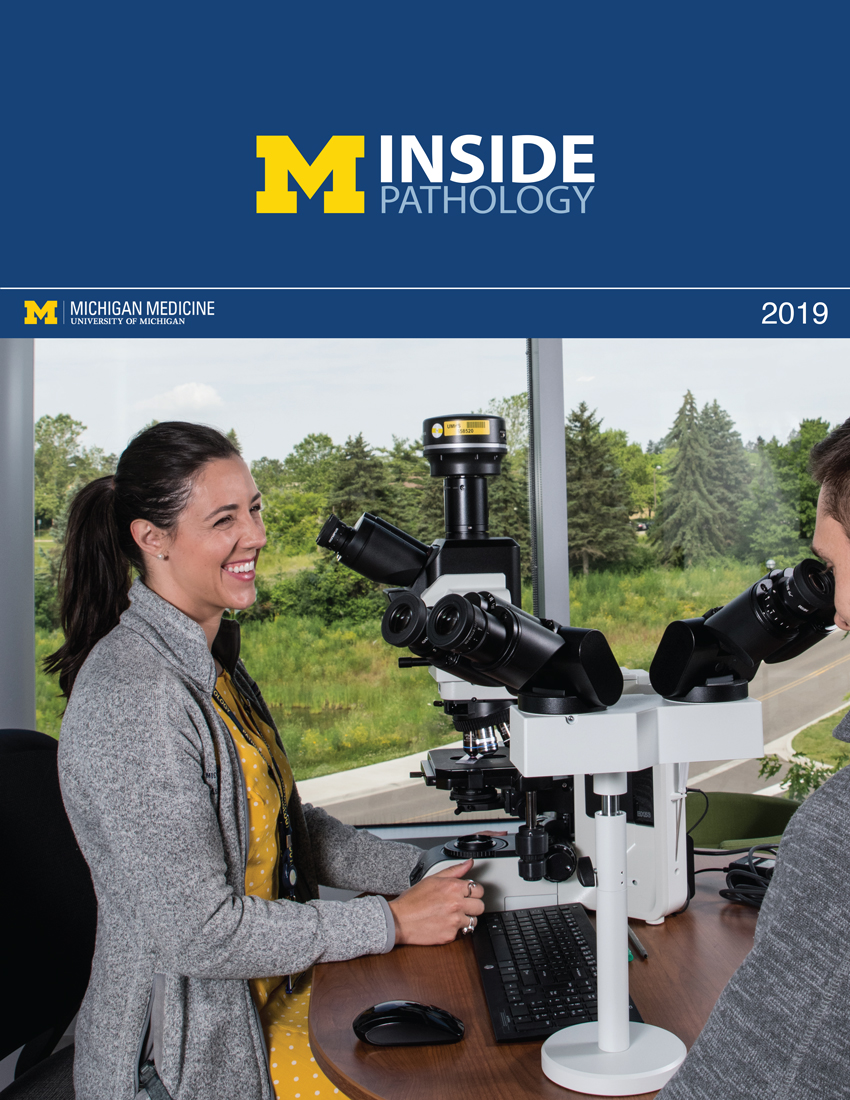 ON THE COVER
ON THE COVER
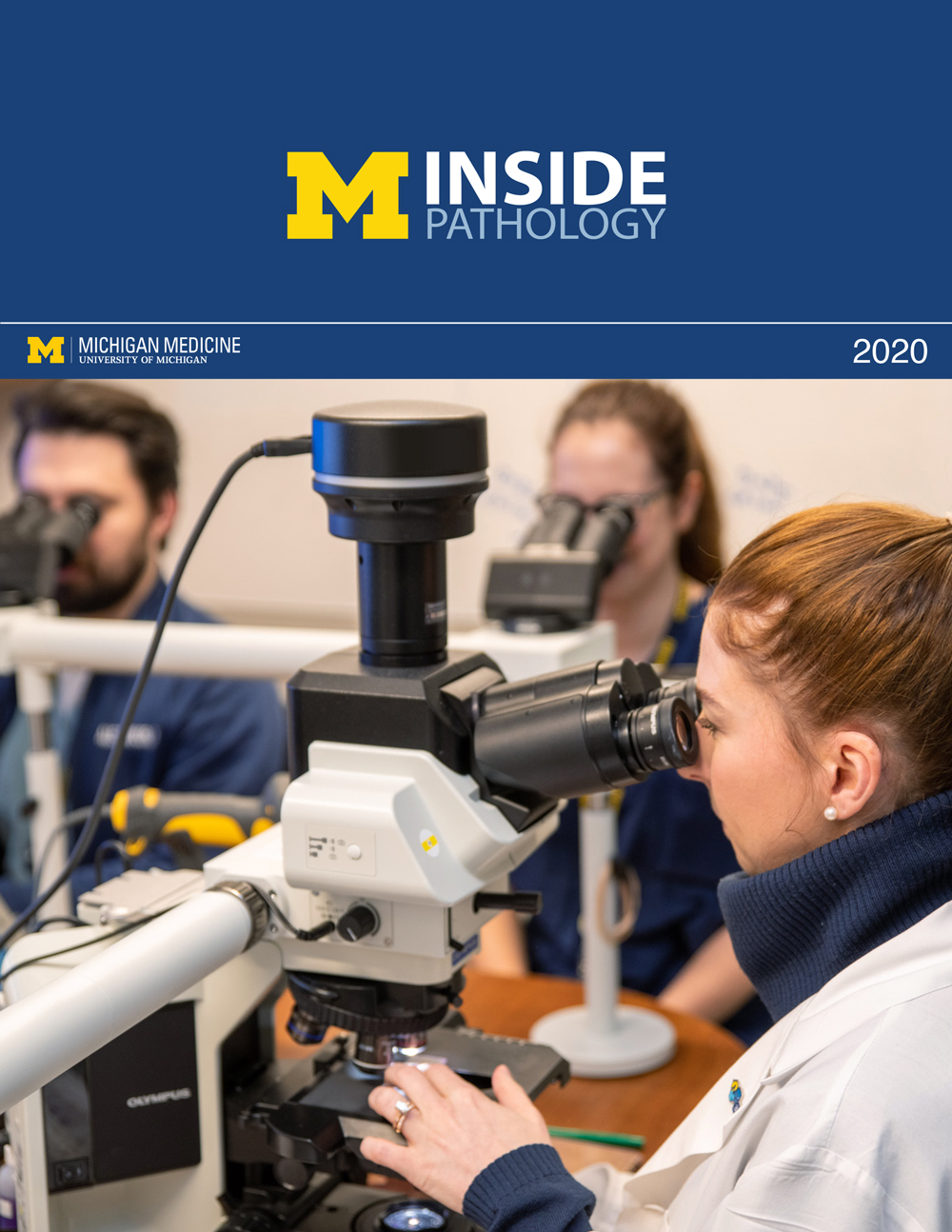 ON THE COVER
ON THE COVER
 ON THE COVER
ON THE COVER
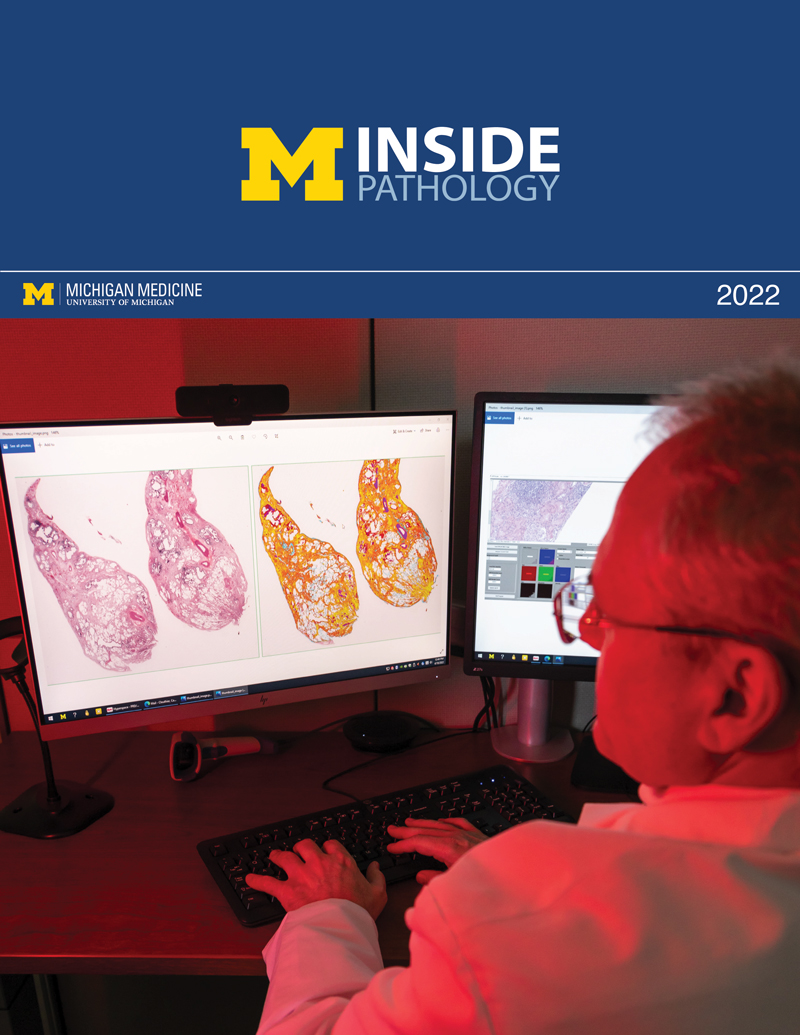 ON THE COVER
ON THE COVER
 ON THE COVER
ON THE COVER
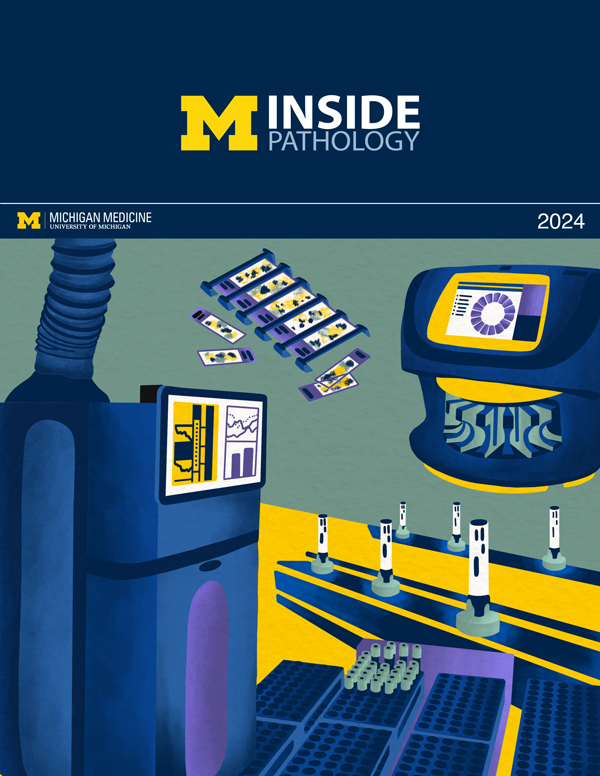 ON THE COVER
ON THE COVER
 ON THE COVER
ON THE COVER
